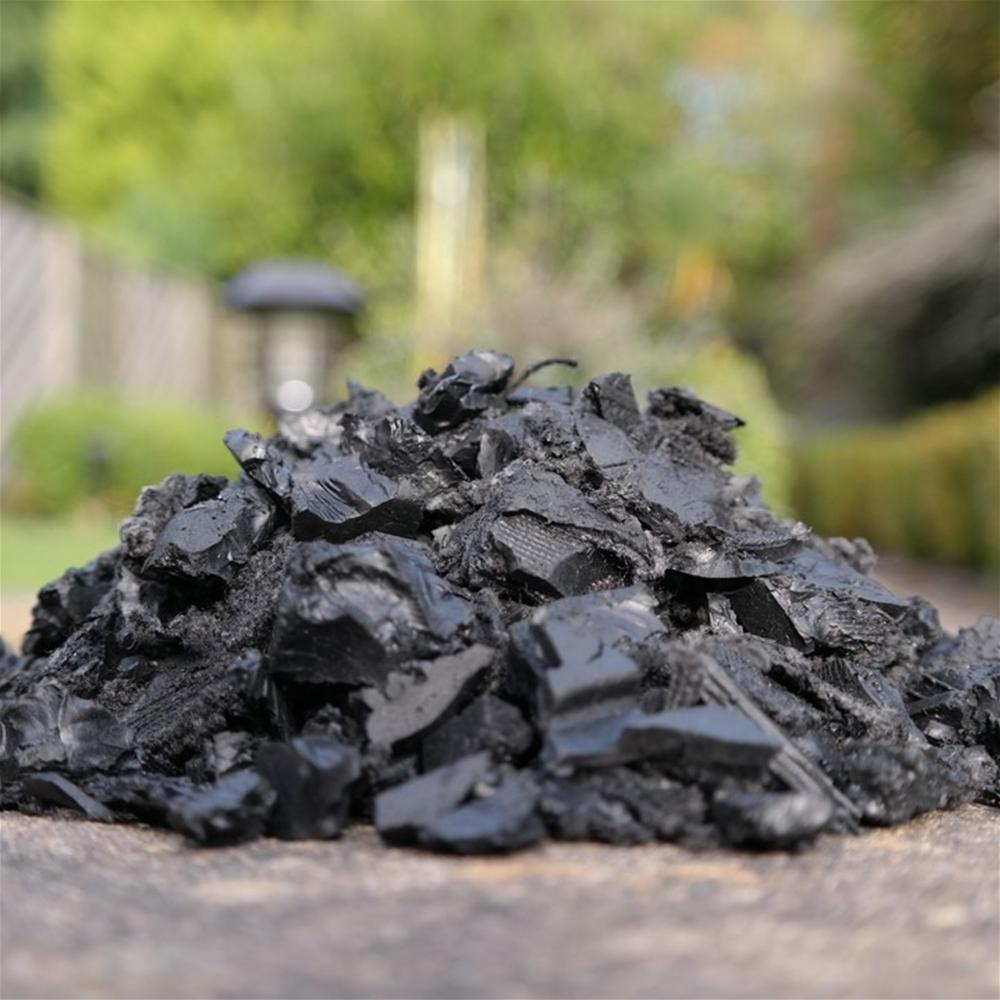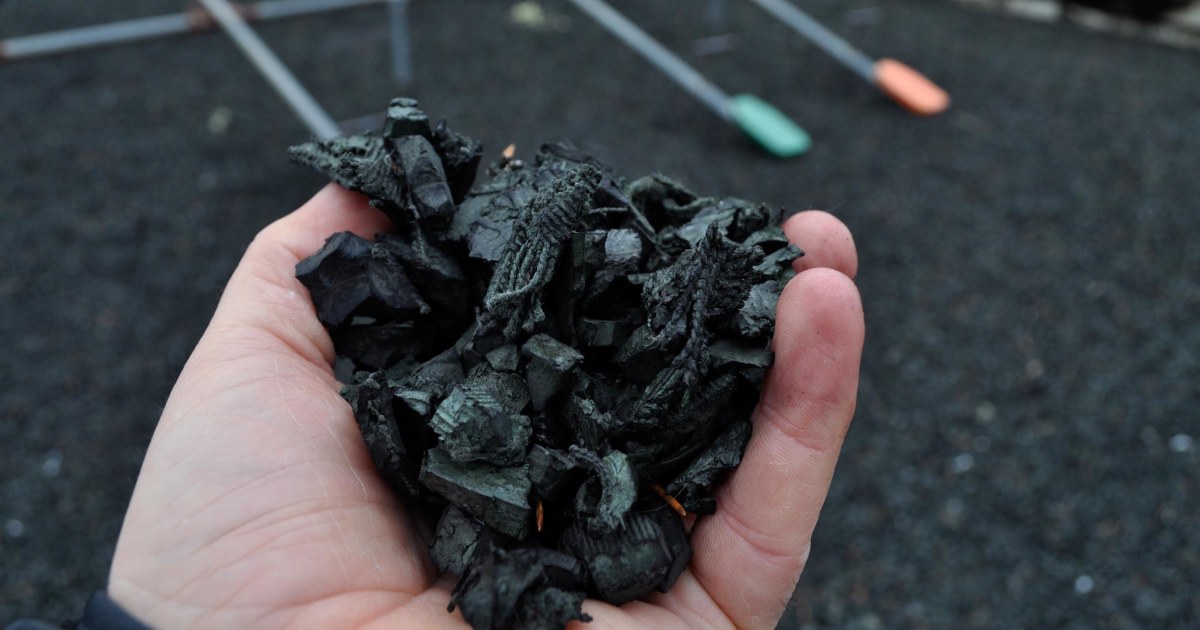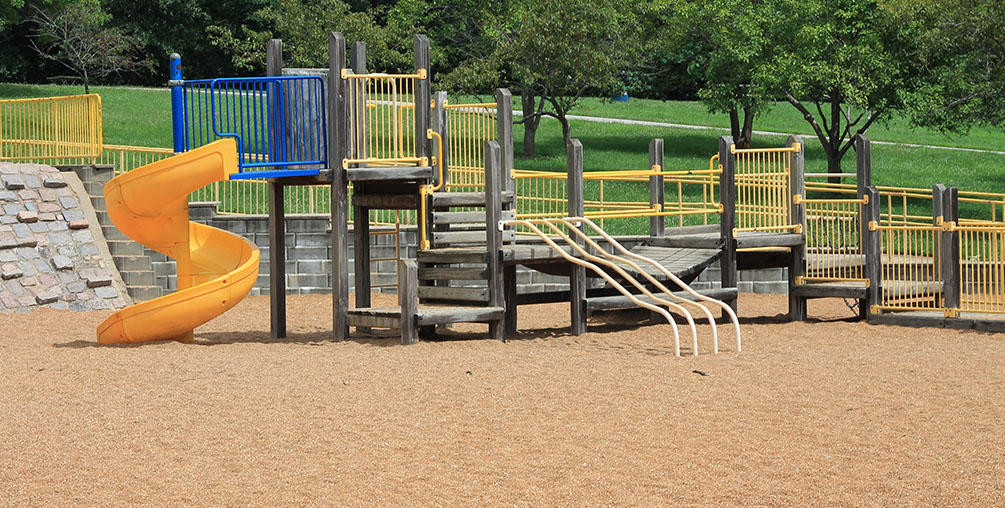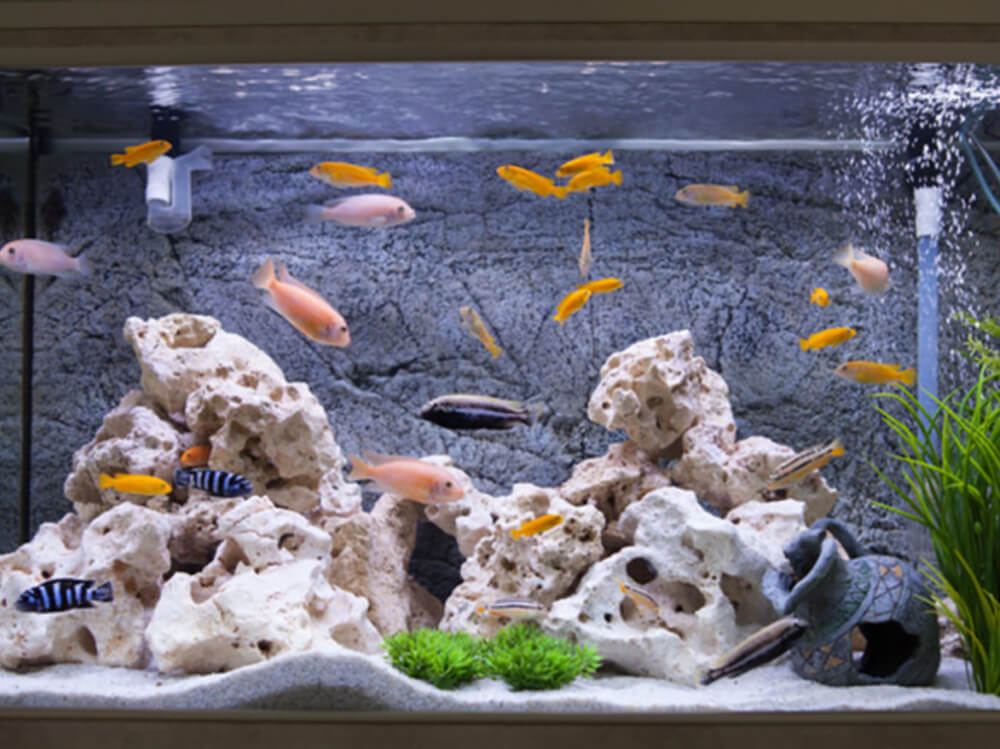Rubber Gravel: The Sustainable Alternative To Traditional Gravel
Title: Rubber Gravel: The Sustainable Alternative to Traditional Gravel
Introduction:
Gravel is a popular landscaping material, but it can be harmful to the environment. Traditional gravel is made from crushed rocks, which can release harmful pollutants into the soil and water. Rubber gravel is a more sustainable alternative that is made from recycled tires.
Main Content:
Rubber gravel is made from recycled tires that are shredded and then molded into small pieces. The rubber is non-toxic and does not release any harmful pollutants. Rubber gravel is also very durable and can last for many years.
Here are some of the benefits of using rubber gravel:
- It is more sustainable than traditional gravel.
- It is non-toxic and does not release any harmful pollutants.
- It is durable and can last for many years.
- It is soft and cushioned, making it a safe surface for children to play on.
- It is easy to maintain and does not require any watering or fertilizing.
Conclusion:
Rubber gravel is a sustainable and environmentally friendly alternative to traditional gravel. It is non-toxic, durable, and easy to maintain. If you are looking for a landscaping material that is good for the environment and safe for children, then rubber gravel is a great option.
Rubber gravel is a versatile material that can be used for a variety of applications, including playgrounds, patios, and walkways. It is made from recycled tires, so it is environmentally friendly and sustainable. Rubber gravel is also soft and cushioned, making it a safe and comfortable surface for children to play on.
If you are interested in learning more about rubber gravel, please visit Home Gardening. This website provides detailed information about the material, including its benefits, applications, and installation instructions.
FAQ of rubber gravel
- What is rubber gravel?
Rubber gravel is a recycled product made from ground-up tires. It is a popular choice for playground surfacing because it is soft and cushioning, and it helps to reduce the risk of injuries from falls. Rubber gravel is also commonly used in landscaping applications, as it can help to suppress weed growth and improve drainage.
- What are the benefits of using rubber gravel?
There are many benefits to using rubber gravel, including:
* Soft and cushioning, making it a safe surface for playgrounds and other areas where children play.
* Resistant to fading, cracking, and weathering.
* Does not attract insects or rodents.
* Suppresses weed growth.
* Improves drainage.
* Long-lasting and low-maintenance.
- What are the drawbacks of using rubber gravel?
There are a few drawbacks to using rubber gravel, including:
* More expensive than other mulches.
* Can be difficult to install.
* May not be suitable for all applications.
- Is rubber gravel safe?
Yes, rubber gravel is generally considered to be safe. However, it is important to choose a product that is made from recycled tires that have been properly cleaned and processed. Some rubber gravel products may contain harmful chemicals, so it is important to read the product label carefully before making a purchase.
- How do I install rubber gravel?
The installation process for rubber gravel will vary depending on the specific product and application. However, in general, the following steps are involved:
1. Prepare the subgrade by removing any debris and leveling the area.
2. Install a weed barrier.
3. Spread the rubber gravel to the desired depth.
4. Compact the rubber gravel.
- Where can I buy rubber gravel?
Rubber gravel is available for purchase from a variety of retailers, including landscaping supply stores, online retailers, and some home improvement stores.
Image of rubber gravel
- Image 1: A pile of black rubber gravel.

- Image 2: A close-up of black rubber gravel, showing the individual pieces.

- Image 3: A walkway made of black rubber gravel.

- Image 4: A playground with a rubber gravel surface.

- Image 5: A pet area with rubber gravel as the substrate.

- Image 6: A rubber gravel mat used for gardening.

- Image 7: A rubber gravel mulch used to suppress weeds.

- Image 8: A rubber gravel drainage layer used under patios and walkways.
- Image 9: A rubber gravel noise barrier used to reduce traffic noise.
- Image 10: A rubber gravel playground safety surfacing used to reduce the risk of injuries.

Post a Comment for "Rubber Gravel: The Sustainable Alternative To Traditional Gravel"